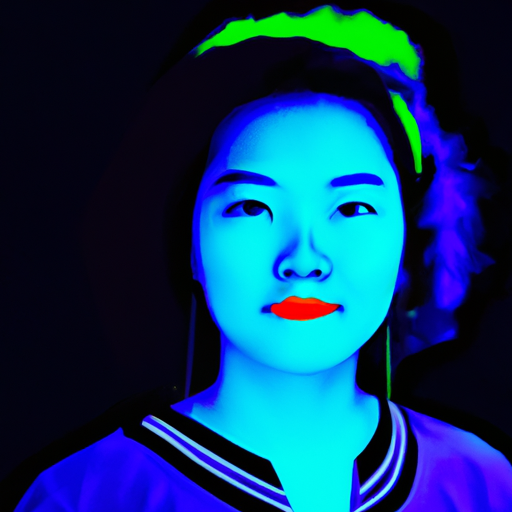
-
Table of Contents
Designing Graphics for Cultural Celebrations

Cultural celebrations are an integral part of our society, allowing us to honor and embrace the diversity of different cultures. These celebrations provide an opportunity to showcase traditions, customs, and values that have been passed down through generations. One crucial aspect of cultural celebrations is the design of graphics, which play a significant role in capturing the essence of the event and conveying its message effectively. In this article, we will explore the importance of designing graphics for cultural celebrations and provide valuable insights on how to create compelling visuals that resonate with the audience.
The Power of Visual Communication
Visual communication is a powerful tool that transcends language barriers and connects people on a deeper level. When it comes to cultural celebrations, graphics serve as a visual representation of the event, encapsulating its spirit and creating a sense of anticipation among the audience. Well-designed graphics can evoke emotions, spark curiosity, and generate excitement, ultimately enhancing the overall experience of the celebration.
For example, consider the graphics used for the Chinese New Year celebrations. The vibrant red color, traditional Chinese symbols, and intricate illustrations of dragons and lanterns instantly transport the viewer into the festive atmosphere. These visuals not only convey the significance of the event but also create a sense of cultural immersion for both participants and onlookers.
Understanding Cultural Significance
Designing graphics for cultural celebrations requires a deep understanding of the cultural significance associated with the event. Each celebration has its unique customs, symbols, and traditions that should be reflected in the design. By incorporating these elements, designers can create visuals that resonate with the target audience and accurately represent the essence of the celebration.
For instance, during Diwali, the Festival of Lights celebrated by Hindus, the use of vibrant colors, intricate patterns, and the depiction of oil lamps (diyas) are essential in the design of graphics. These elements symbolize the victory of light over darkness and the triumph of good over evil, which are the core themes of the festival. By incorporating these symbols into the graphics, designers can effectively communicate the message and evoke the emotions associated with Diwali.
Case Study: Day of the Dead
A compelling example of designing graphics for cultural celebrations is the Day of the Dead, a Mexican holiday that honors deceased loved ones. The graphics used for this celebration are rich in symbolism and convey the unique blend of joy and reverence associated with the event.
The use of vibrant colors, such as orange, yellow, and purple, reflects the festive nature of the celebration. Skulls, known as “calacas” or “calaveras,” are a prominent symbol in Day of the Dead graphics. These skulls are often depicted with intricate designs and floral patterns, representing the cycle of life and death. By incorporating these elements into the design, the graphics effectively capture the essence of the celebration and convey its cultural significance.
Tips for Designing Graphics for Cultural Celebrations
Designing graphics for cultural celebrations requires careful consideration and attention to detail. Here are some valuable tips to create compelling visuals that resonate with the audience:
- Research and understand the cultural significance of the celebration.
- Incorporate traditional symbols, colors, and patterns into the design.
- Use typography that complements the theme and style of the celebration.
- Consider the target audience and their cultural background.
- Ensure the graphics are inclusive and respectful of the culture being celebrated.
- Experiment with different styles and techniques to create a unique visual identity.
- Collaborate with individuals from the culture being celebrated to gain insights and feedback.
- Test the graphics with a diverse group of people to ensure they effectively convey the intended message.
Conclusion
Designing graphics for cultural celebrations is a creative and rewarding process that requires a deep understanding of the cultural significance associated with the event. By incorporating traditional symbols, colors, and patterns, designers can create visuals that resonate with the audience and effectively convey the essence of the celebration. Visual communication plays a crucial role in capturing the spirit of cultural celebrations, transcending language barriers, and fostering a sense of unity among diverse communities. By following the tips provided in this article, designers can create compelling graphics that enhance the overall experience of cultural celebrations and promote cultural understanding.
